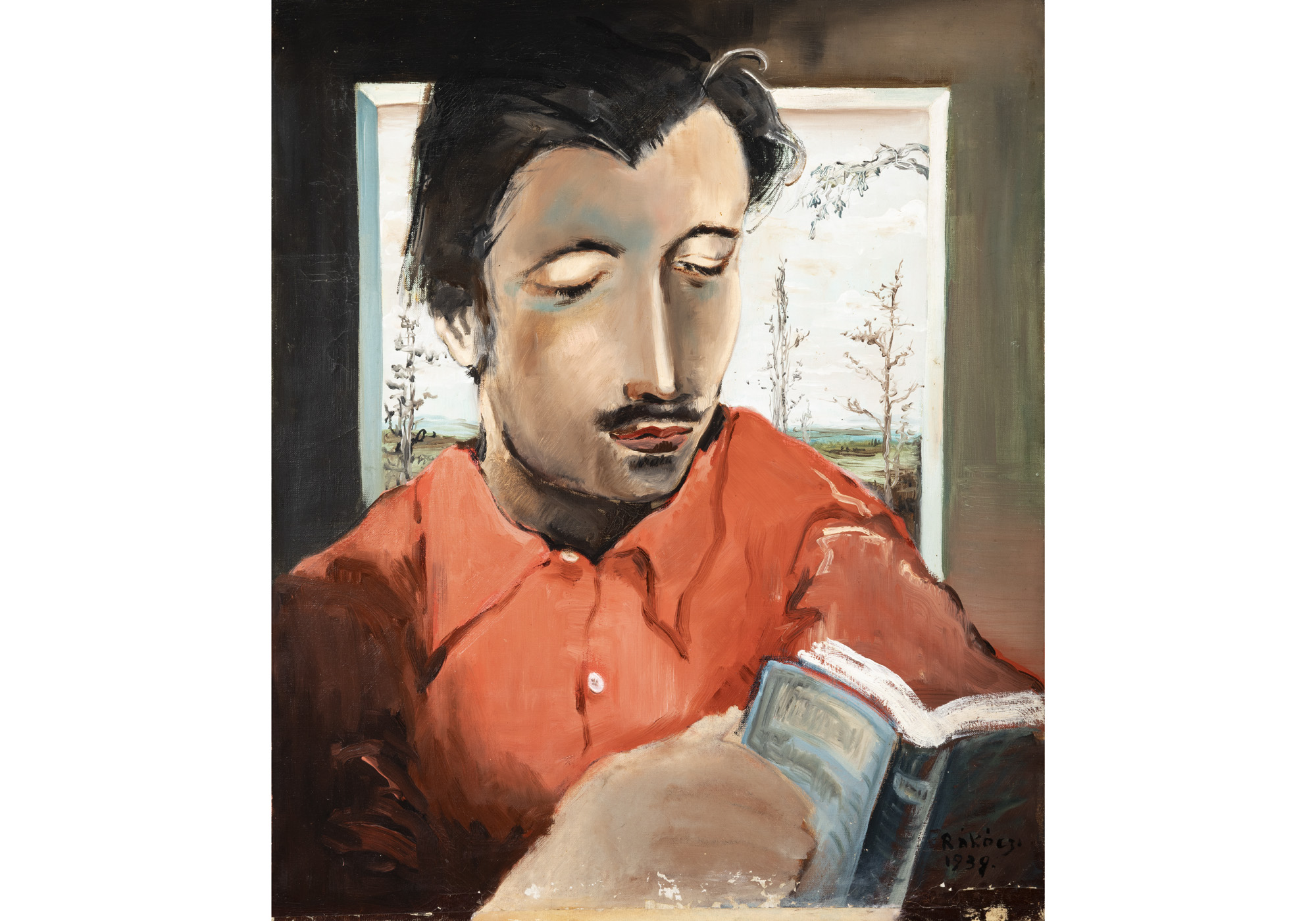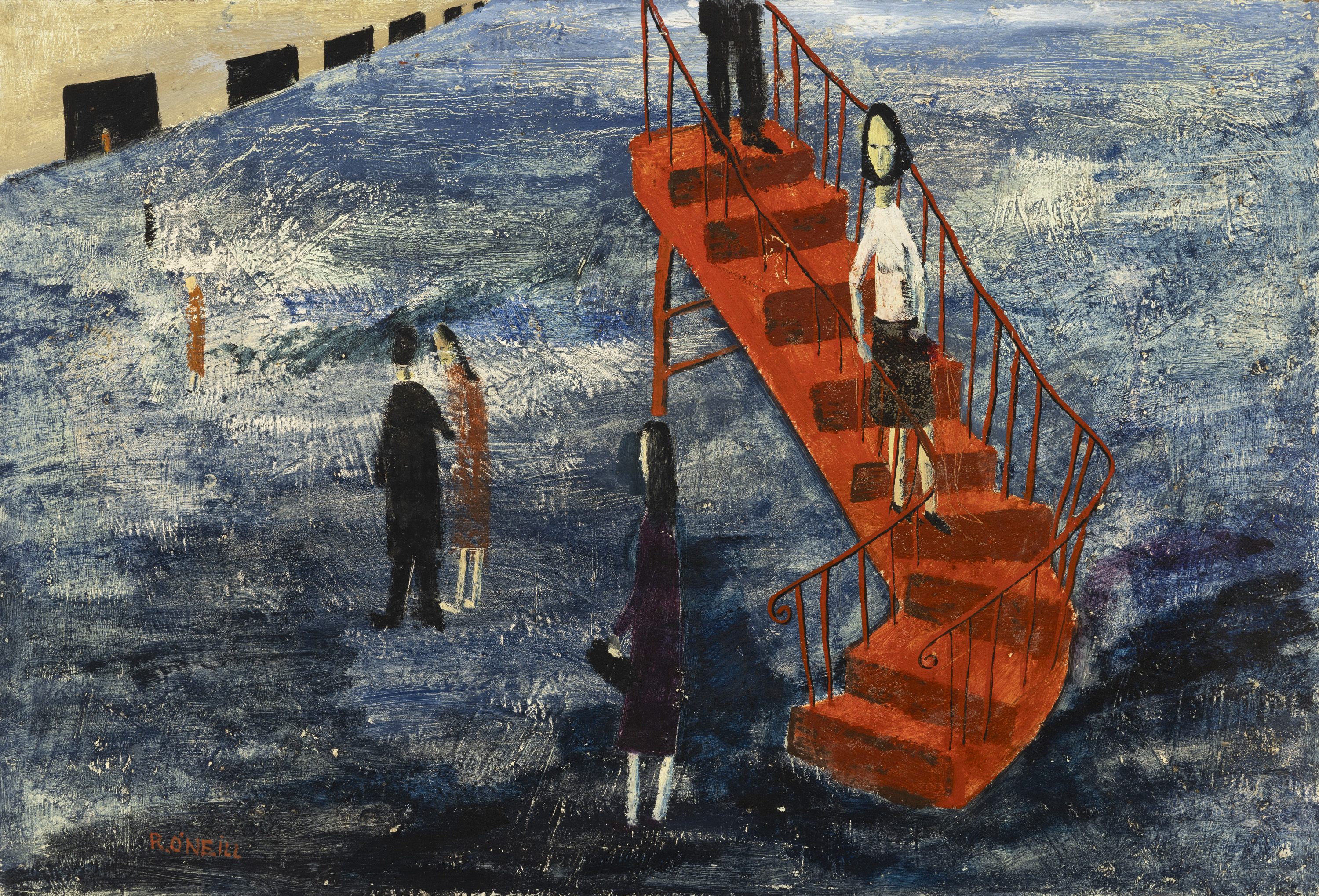Departments
.svg)



Patented in 1933, Van Cleef & Arpels celebrated ‘Serti Mystérieux’ or ‘Mystery Setting’ marked a serious advancement in jewellery making. Developed by the renowned jeweller Alfred Langlois, who had been creating work exclusively for the maison since the year prior, the technique which would soon become synonymous with fine jewellery craftmanship was simple in concept but complex in execution. Although other maisons such as Cartier and Chaumet had also investigated this technique in their respective workshops, it would Van Cleef & Arpels that would release this revolution in jewellery making to the world.
The Mystery Setting “is a technique which allows the jeweller to model any form, any movement”. The setting is so called for the apparently invisible mounting of the stones, an effect which makes them almost look as though they are floating. The method involves setting precious stones independent of any visible claws or prongs, allowing the full richness of the stone to create a dazzling landscape of colour for the viewer without the intrusion of metals. However, achieving this effect requires great skill from the jeweller, of which only a few in the world hold the ability, and it can take months to produce just one piece of jewellery. First, the stones must be cut to size, creating even, small chips that will lay alongside each other in perfect symmetry. These small chips are then whittled even further to create a groove at their base. This groove then allows the stone to slot neatly into the lattice that will secure it in place. The lattice, or rail, which consists of tiny wires no more than 0.2mm thick, is then placed in the main structure of the piece, acting a keystone by locking the stones in position. Each stone must line up exactly with one another to remain set and avoid gaps to create the seamless look that catapulted Van Cleef & Arpels to the lofty position they hold in the jewellery world to this day.
Once the technique was mastered, the maison moved quickly and the Mystery Setting would feature heavily in their output. Initially the setting could only be applied to flat surfaces, such as cigar boxes and beauty compacts, but in 1935 the highly coveted Boule ring would be released, a design consisting of a thick, convex dome studded with rubies and sapphires that still appears prominently in the maison’s contemporary collections. A flood of brooches, necklaces and bracelets would follow and with them, the attention of the era’s style icons, such as the Duchess of Windsor. The ‘Deux feuilles’, or two leaves, design in particular lent itself well to capturing the depth of colour the Mystery Setting evokes.
Other techniques would be developed from the Mystery Setting by Van Cleef &Arpels; the Navette Mystery Set, created in 2000, utilises marquise-cut stones to create a more 3D effect echoing the depth of a bird’s plumage and flower petals, while the Vitrail Mystery Set, created in 2012, also conceals the back of the mount and gives the stones a translucency that plays with light and reflection. Although rubies were initially preferred for the setting, the maison would gradually enter sapphires, emeralds (previously deemed too brittle), and diamonds into the roster, such as in the ‘Licorne’ brooch from their 2016 Noah’s Ark collection which featured sapphires, emeralds, diamonds and turquoise in the traditional Mystery Setting.
A wonderful example of the setting featured in Adam's Fine Jewellery & Watches auction on September 13th in the form of a Rare & Collectible Mystery-Set Sapphire and Diamond Flower Brooch, by Van Cleef & Arpels, which fetched the staggering amount of €137,500. The consistent appearance of the Mystery Setting in contemporary collections speaks to its perfection as a method, and in the resulting jewellery, as it continues to delight and intrigue jewellery lovers, and lovers of fine craftsmanship, around the world.





Through this article, let our expert Adam Pearson guiding you to the (re)discovery of the once established Irish painter Richard O’Neill.












Buying at Auction and the Role of Antiques in a Modern Home




Important Irish Art Auction Highlights

Oliver Dowling Collection by Aidan Dunne




2024 is a year in which Adam’s wants to recognise the key role buying antique furniture and furnishings at auction contributes greatly to the sustainable initiative. In 2019 the Environmental Protection Agency reported stark figures that each year in Ireland 1.2 million reusable bulky items, primarily furniture goes into landfill. Similar to the problem of ‘fast fashion’, the constant production and consumption of new items is leading to rapidly growing waste problem. We want to acknowledge those who are already buying second hand or antique furniture at auction and to encourage new buyers by highlighting the benefits of acquiring affordable, well-made quality items that are built to last.







Irish author, recipe creator and lifestyle influencer, Indy Parsons, selects her favourite pieces from our upcoming Fine Jewellery & Watches auction










.jpg)

Cork-born Irish actress, Sarah Greene, selects her favourite pieces from our upcoming Fine Jewellery & Watches auction




Yvonne Aupicq had met Orpen, we understand, while working as a nurse during the war. He had been admitted to hospital with a suspected case of scabies which ended up being a far more serious case of blood poisoning as he recounts in his wartime memoir ‘An Onlooker in France’. Their relationship continued after 1918 when Orpen was appointed as the official artist to The Paris Peace Conference. They relocated to capital and over the following decade he painted her numerous times, often nude as in Amiens 1914, or The Rape and Nude Girl Reading (1921). Working with her as his model during these early years after the war allowed Orpen an opportunity to re-fuel his creativity.






Editor-in-Chief of IMAGE Publications, Lizzie Gore-Grimes, selects her favourite pieces from our upcoming Fine Jewellery & Watches auction


Our June auction offers a once-in-a-lifetime opportunity to acquire one of the great masterpieces of Irish art and icons of Dublin’s history.



Georgia Chiesa selects some of her favourite lots in the upcoming Vintage Wine & Spirits Auction


"Beating the bounds is a tradition that can be traced back to the medieval period. At this time, land was divided into parishes and the clergy and church wardens held the responsibility for its upkeep and management. It was up to the Church to ensure that its parishioners knew the local boundary lines and, before maps became commonplace, this had to be kept as a mental record."

Adam’s in conjunction with Suzanne MacDougald are proud to host an online timed auction of artworks to aid the Irish Red Cross’s humanitarian work in delivering vital services to millions of people impacted by the conflict in Ukraine. With no buyers premium 100% of the hammer price will go directly to the Irish Red Cross.

Ros Drinkwater writes of Jack B Yeats' 'The Boat' in the Business Post:


With a consolidated result of €320,000,the At Home sale in Stephan’s Green, was a great success.

